What are warm compresses for eyes, why are they recommended by your doctor, and how should it be applied?
There are enough studies to support the use of warm compresses (WC) for treating Meibomian gland dysfunction (MGD) or dry eye syndrome.
Tears are vital to moisten, protect, and clean our eyes; therefore, their dysfunction can make eyes susceptible to infections. Dry eye is a multifactorial disease that affects tear production or normal tear function. The two types of dry eye disease are
Evaporative because of poor tear film quality.
Secretary as a result of inadequate tear secretion.
What are the symptoms of dry eyes?
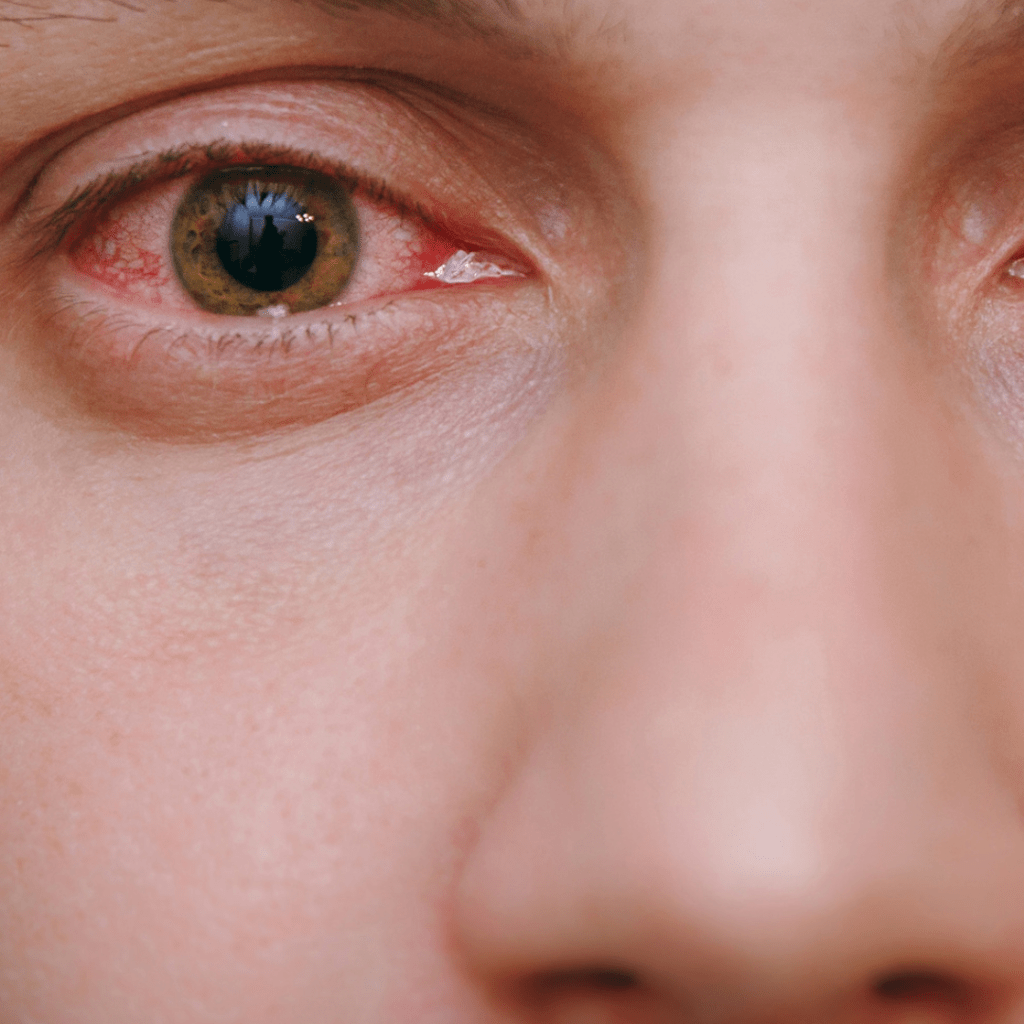
- Foreign body sensation
- Burning
- Increased blinking
- Watering ( reflex action)
- The feeling of tiredness in the eyes
- Redness
NORMAL TEAR FILM
There are three layers to the tear film that protects the eye’s outer layer.
1. Meibomian glands, which are oil glands located on the eyelids, secrete the oily or lipid layer, which is the outermost layer.
2. The lacrimal gland secretes the watery middle aqueous layer.
3. Conjunctival cells secrete mucin, which makes up the third and innermost layer. A malfunctioning tear film may cause dry eyes.
- The outer lipid layer of the tear film is thought to increase stability and slow evaporation among theother types of tearlayerss.
- Dry eye can result from changes in the distribution and reduced thickness of this layer produced by the meibomian glands.
What are meibomian glands?
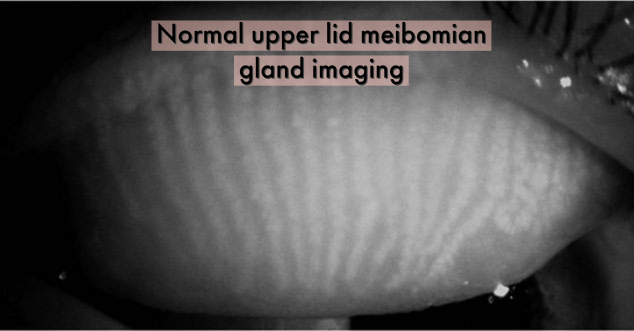
Meibomian glands are located within the eyelids in parallel rows. Their openings are along the eyelid margin.
There are about 25 of these glands on the upper eyelid and about 20 on the lower eyelid.
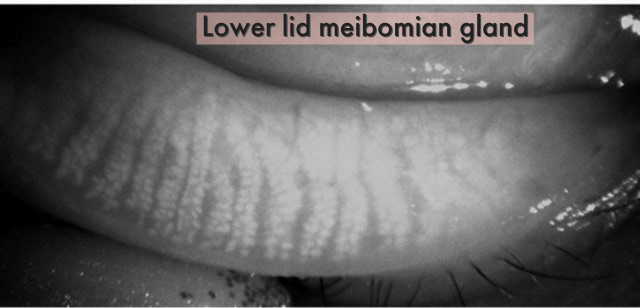
They produce meibum, an oily substance that prevents the tear film from evaporating from the eye surface.
Therefore, MGD is the main factor causing evaporative dry eye.
WARM COMPRESSES:
An obstruction of meibomian gland openings and inspissated secretions are responsible for eyelid inflammation and infection (chalazion and hordeolum).
The primary method of treating blocked orifices is conservative management by warm compresses, which aims to thin the secretions so that they can pass freely.
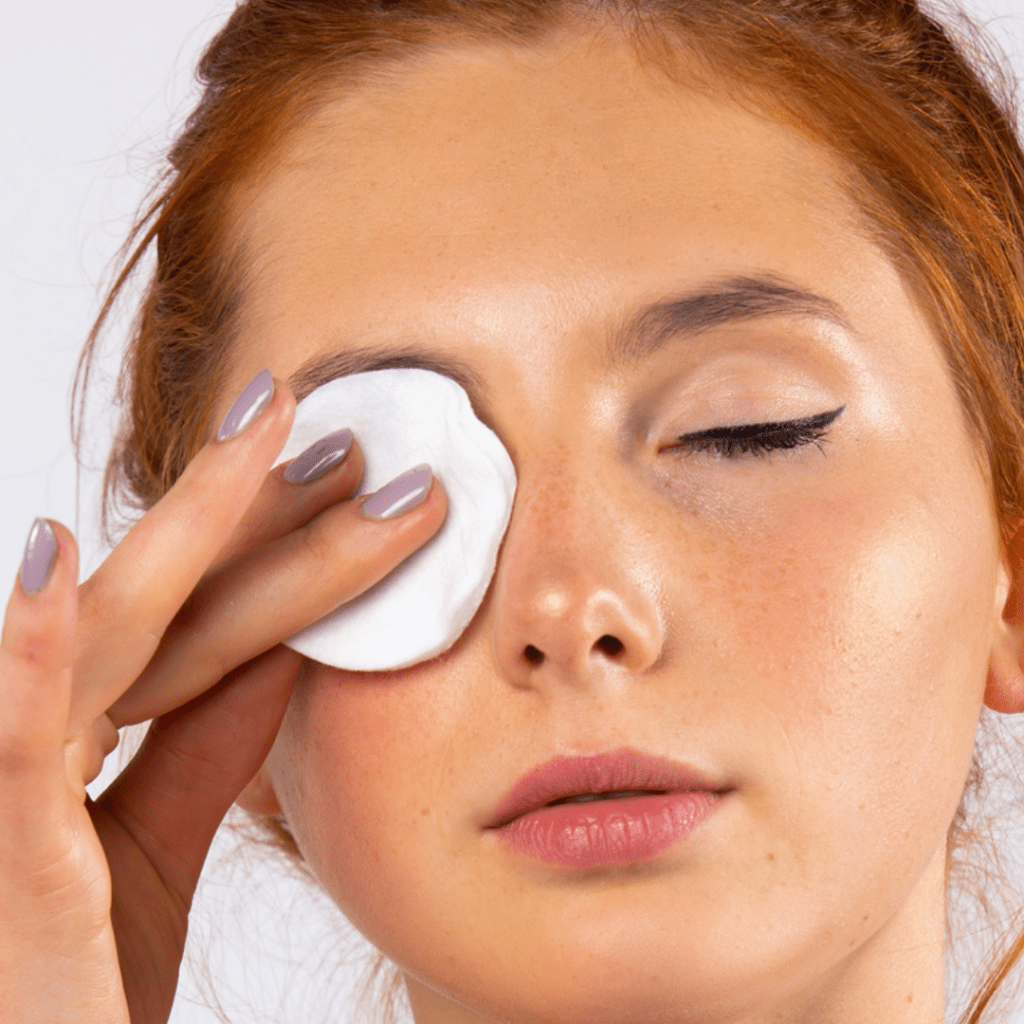
When used correctly and frequently, warm compresses have numerous benefits, such as:
- When meibomian gland orifices are blocked or there are thick secretions, warm compresses usually help by melting the meibum.
- Warm compresses also help to open up the Meibomian gland ducts, which facilitate the flow of secretions.
- Warm compresses increase the tear film’s stability by reestablishing its oily layer.
- A study showed an improvement in tear film stability following a single application of warm compress can last for up to 30 minutes, and repeated eyelid warming achieves a stable improvement on both tear film and meibomian gland function.
- The TFOS DEWS II recommends an optimal warm compression treatment temperature of 40°C.
Types of Warm compresses:
Whether you use a simple washcloth or a sophisticated heat mask, warm compresses are an effective way to relieve dryness. Some of these eye masks include microwaveable, LED infrared, and electronic compresses. The longer it can retain optimal heat, the better.
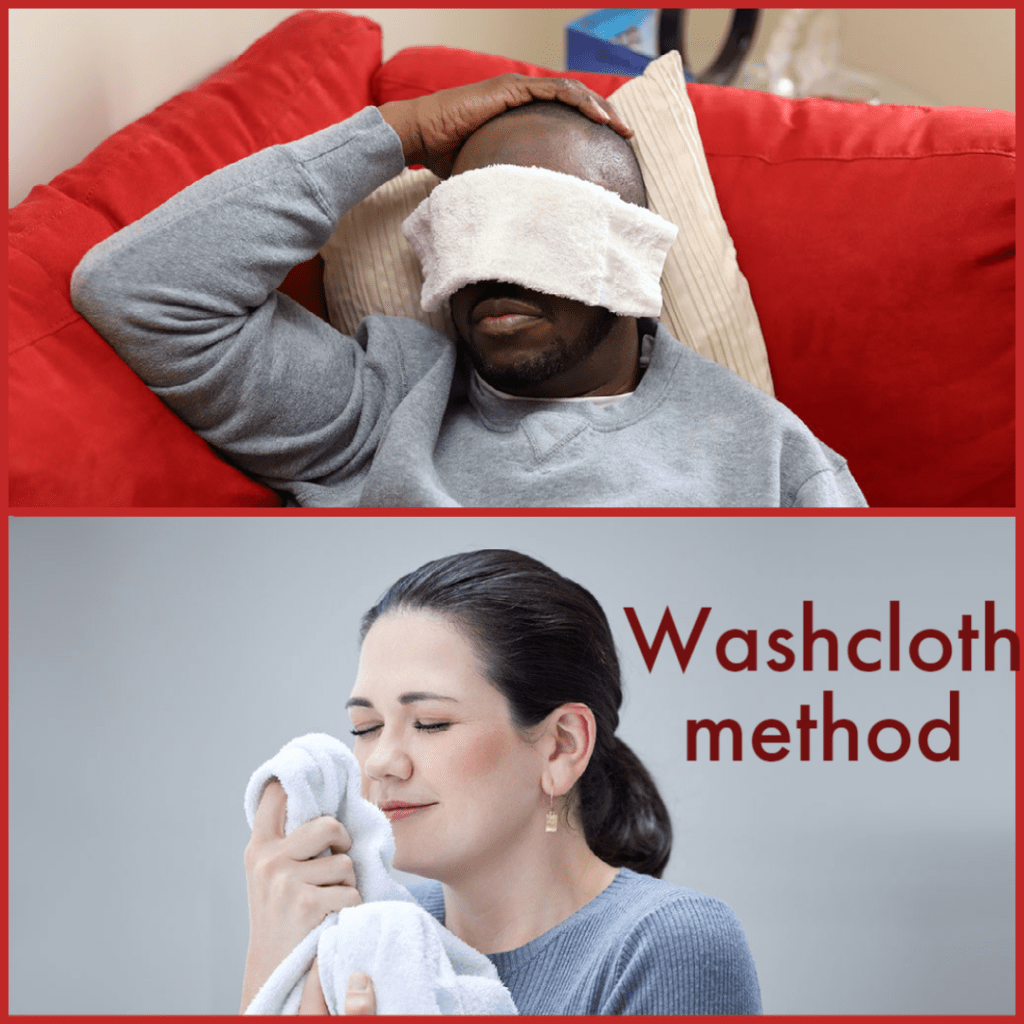
- The wash cloth technique is the most widely used but, regrettably, the least effective. This is because of inadequate heat retension.
- Warm and moist compresses have a reputation for being more effective than dry heat. This is backed by a study in which subjects with MGD, were given warm, moist compression therapy to the closed eyelids. The result showed an 80 % increases in tear film lipid layer thickness, TFLLT, after 5 minutes of treatment and an additional 20% after 15 minutes.
DANGERS OF USING WARM COMPRESSES:
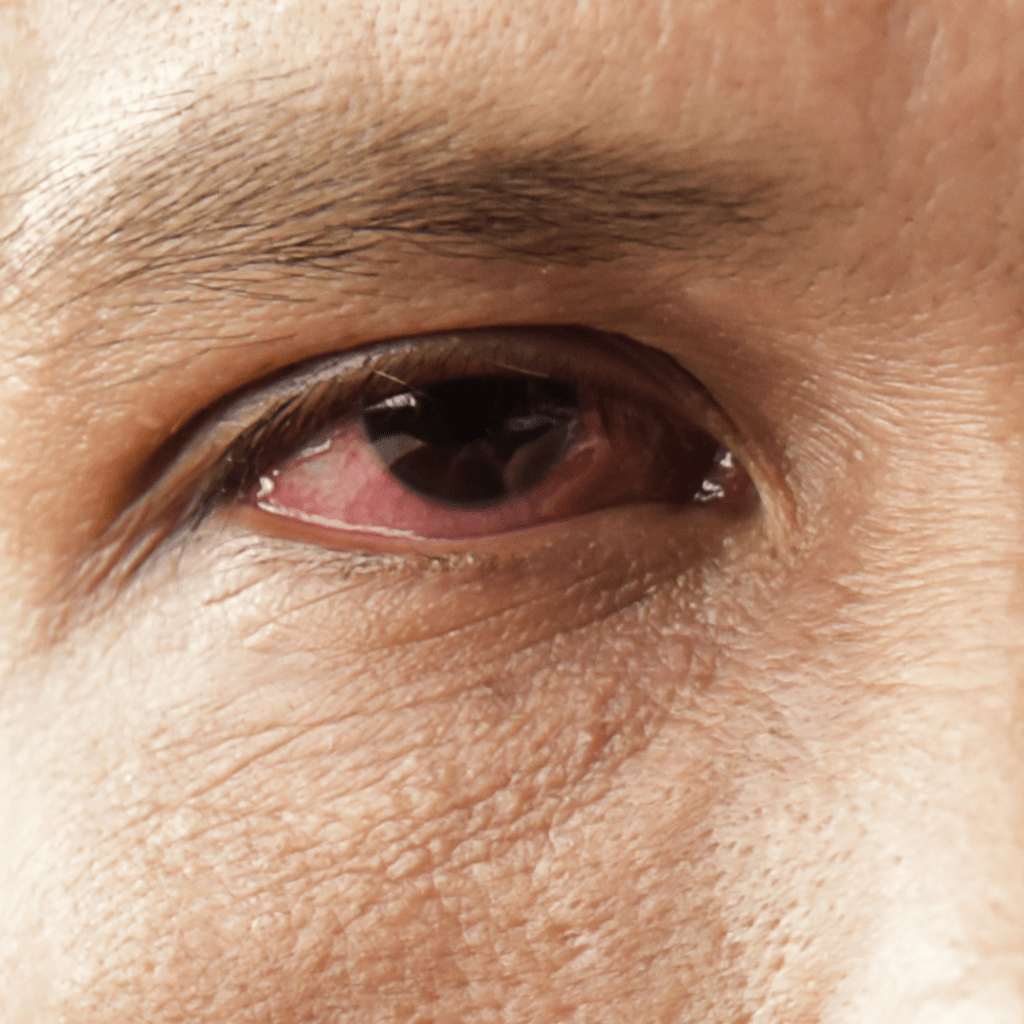
- When using a warm compress, people should be careful not to let it get too hot. Too hot compresses may burn the surface of the eye, the delicate skin of the eyelid, or the surrounding area.
- Even with only light contact pressure, using a warm compress to warm the lids generates a sizable amount of heat transfer to the eye surface and cornea. A study showed that after a warm compression of about 8 minutes, corneal temperatures peak. This can have temporary and permanent corneal molding after warm compresses.
- Warm compresses along with eyelid massage may induce topographic corneal irregularity and visual and/or refractive change. Additionally, a review of the literature indicates that applying heat along with pressure may cause greater changes in corneal surface asymmetry or regularity indices than applying pressure alone.
- Blurring of vision: This is a result of the two causes. First, the heat from the mask also warms the ocular surface, changing its shape momentarily. Any changes to the shape of your cornea, which is crucial to your vision, may cause blurring. Second, the oil produced by the oil gland may smear on the surface of the eye, impairing vision. Usually, clear vision returns within a short period of time.
- Applying pressure may momentarily raise IOP. Predisposed patients may experience glaucomatous changes.
EYELID MASSAGE:
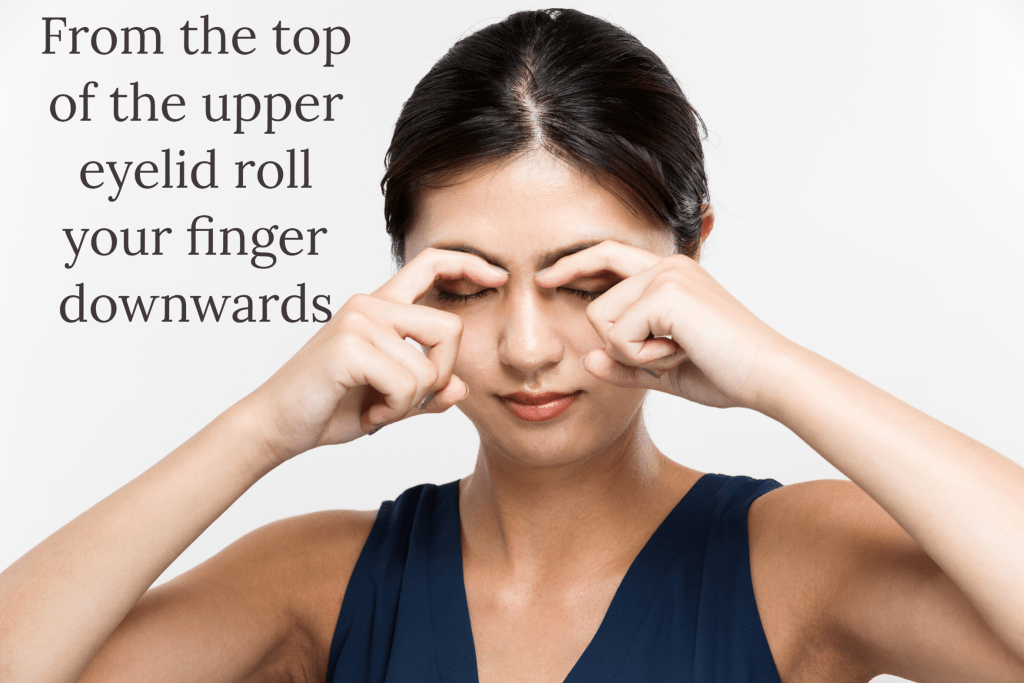
The meibomian glands are located within the eyelids in parallel rows and open along the edge of the lids.
Massage the eyelids so that the oil is expressed from the glands along the lid margins. The direction of sweeping movement is downward for the upper lid and upward for the lower lid. Massage each eyelid 5-10 times.
Things to keep in mind
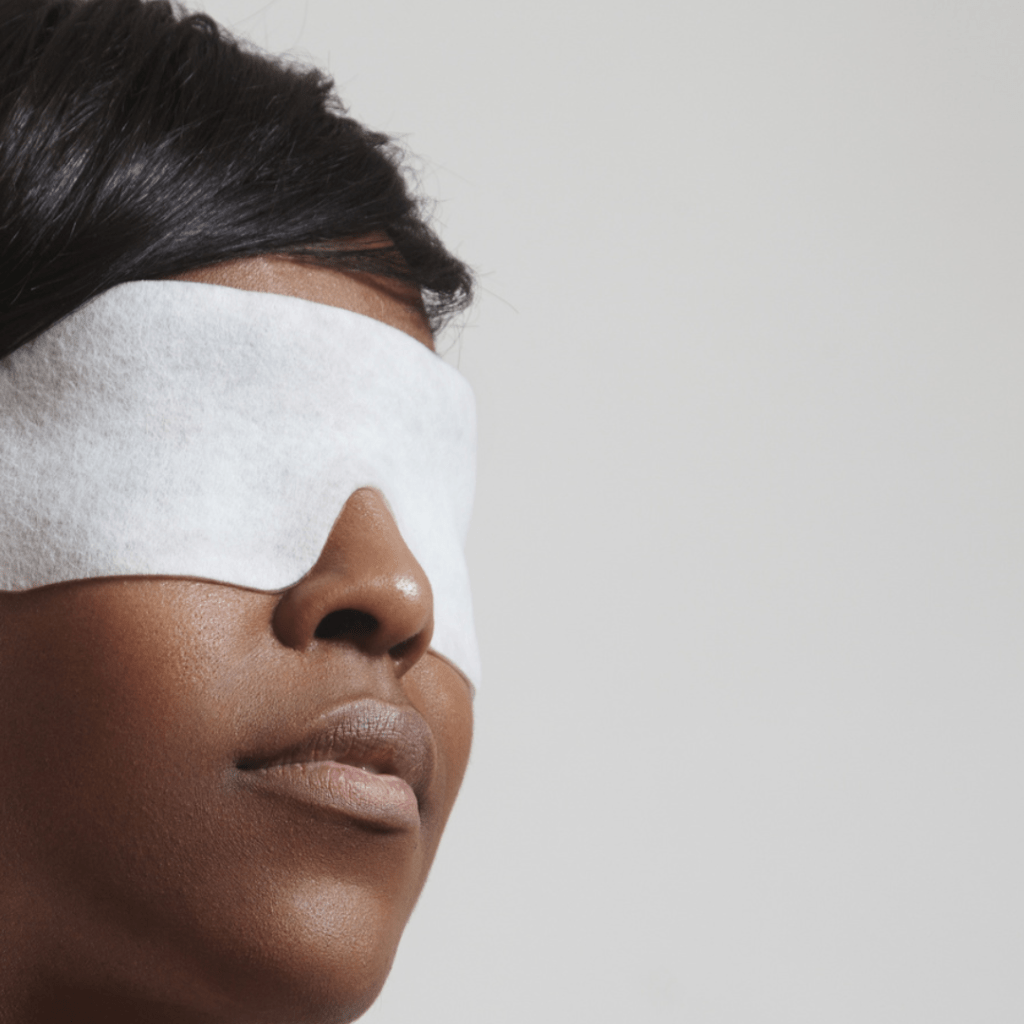
- Always test the temperature of your warm washcloth on the inside of your wrist before placing it over your wrist.
- A week or two of doing this for at least 10 minutes, four times a day, will show positive results in cases of styes or chalazion. Do this once a day for 10 minutes if you want to avoid dry eyes and keep your tear film healthy.
- It is best to use heated eye masks while seated because lying down while wearing one could alter the shape of your cornea due to the gravity and the weight of the device.
- Remember to wash your hands before massaging your eyelids.
- Remember to clean your eyelids using lid scrubs, hypochlorous lid spray, or wipes. The lid margins need to be massaged.
- Before going to bed, make sure to remove any eye makeup you may have worn.
